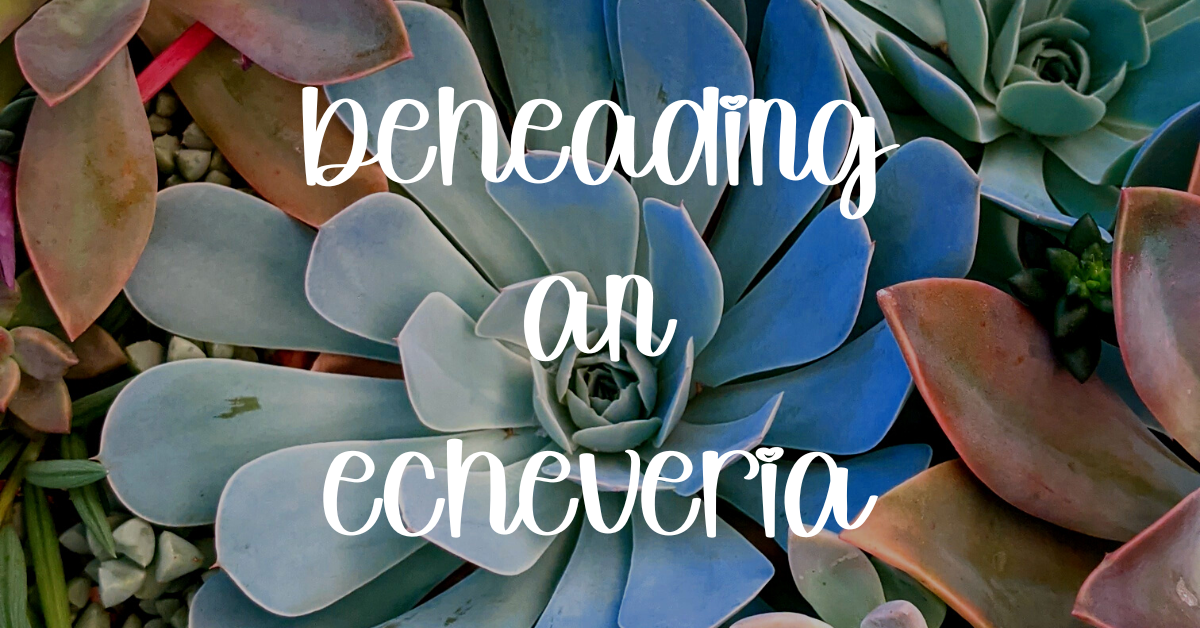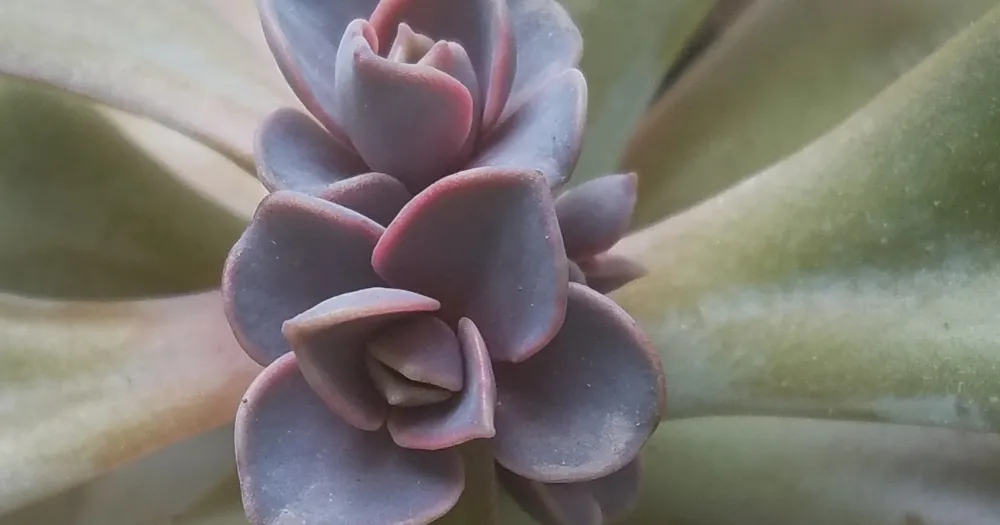
In this post, we’ll provide a step-by-step guide on how to behead an echeveria and cut off bloom stalks. To behead an echeveria and cut off bloom stalks are two common tasks that are often performed to help maintain the health and appearance of these popular succulent plants. Beheading an echeveria involves removing the top portion of the plant, while cutting off bloom stalks involves removing the flowering stalks that emerge from the plant.
Dig in!
You might like: 5 Essential Mental Health Benefits of Gardening Succulents and Cacti
I like to behead echeveria that have gotten leggy or ones that have a lot of babies on their stem already. If your echeveria doesn’t already have babies, once you behead it little buds will start to form on the stem. I find it super satisfying to watch the little growths as they start to form.

How to Behead an Echeveria
Step 1: Gather your supplies
Before you begin beheading an echeveria or cutting off bloom stalks, it is important to gather the supplies that you will need. You will need a sharp, clean pair of scissors or pruning shears, as well as a container to hold the removed plant material.

Step 2: Identify the area to be removed
To behead an Echeveria, you will need to identify the area of the succulent that you want to remove. This typically involves removing the top portion of the succulent, including the leaves and stems. When identifying the area to be removed, be sure to leave a small portion of the succulent intact to help encourage new growth.
Related: Succulent Identification
To cut off bloom stalks, you will need to locate the flowering stalks that emerge from the plant. These stalks typically emerge from between rows of leaves and may be easily identifiable by the flowers they bear. Bloom stalks deplete the energy succulents need to thrive, so you may notice that your succulent is looking a bit shabby. When this happens to mine, I’ll cut off the bloom stalks so that the energy used for the bloom stalk can go back to the main plant.
You might be interested in: Unlocking the Secrets of Monocarpic Succulents: The Ultimate Guide to Growing and Caring for These Unique Plants

Step 3: Make the cut
Once you have identified the area to be removed, use your scissors or pruning shears to make a clean cut. Be sure to cut as close to the base of the plant as possible, without damaging the surrounding leaves or stems.

Step 4: Dispose of the removed plant material
After you’ve made your cut, make sure there’s at least an inch left of the base that you’ve left in the soil. Remove a couple of rows of leaves on the beheaded part. Roots will grow from the spots where leaves were. Be sure to clean your scissors or pruning shears thoroughly to prevent the spread of any diseases or pests.

Step 5: Monitor the plant’s recovery/look for new growth
After you beheaded an echeveria or cut off bloom stalks, it is important to monitor the succulent’s recovery. In a couple of weeks, you should see new growths coming from the base of the echeveria you beheaded. Leave these pups on the mother until they’re at least a third of the size of the original plant. Echeverias are generally hardy plants and will typically recover quickly from pruning, but it is important to keep an eye on the succulent and provide it with proper care, including watering and sunlight, to help it thrive.

Step 6: Repot the beheaded Echeveria
Once the cut end of your Echeveria has dried out and callused over, place it on fresh soil and wait a few weeks for roots to form. Do your best to not pick it up or handle it as this can harm the new, tender roots.

What happens when you cut the top off of your succulent?
Here’s what might happen if you cut the top of a succulent:
Loss of apical dominance.
The apical meristem, or growing tip, produces hormones that inhibit side shoots and encourage vertical growth. Removing the apical meristem releases these side shoots, causing the succulent to become bushy rather than tall.
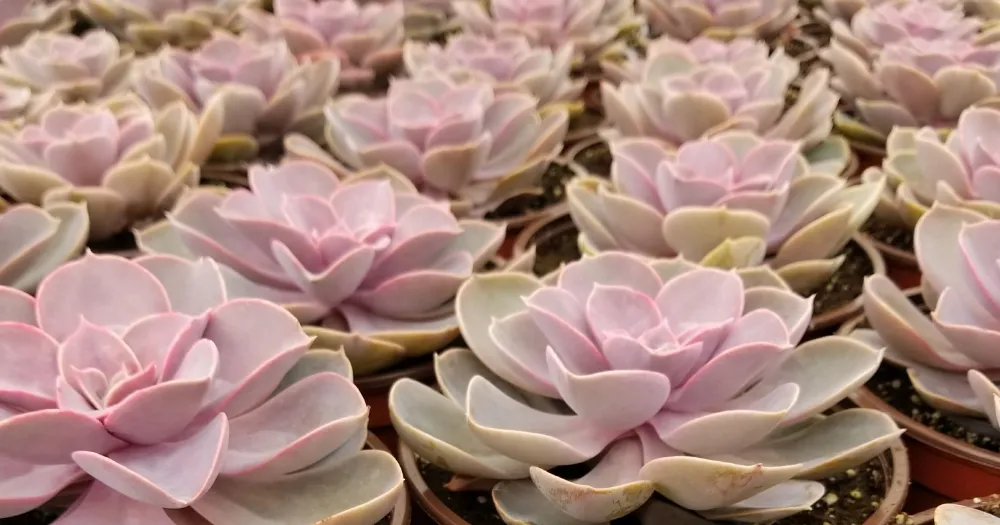
Slower vertical growth.
Without the apical meristem actively producing new leaves and stems, the vertical growth of the succulent will slow down or stop. It relies on producing offsets and pups for continued growth.
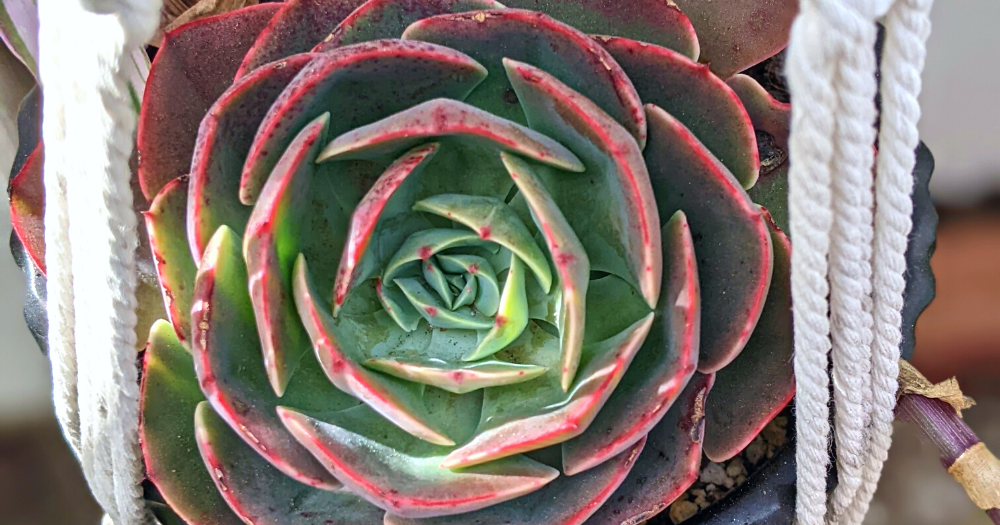
Increased chance of rot or infection.
The open wound at the top of the succulent exposes it to pathogens that cause decay. Proper sanitation and allow the wound to dry and callous over before exposing to moisture is important to avoid rot.
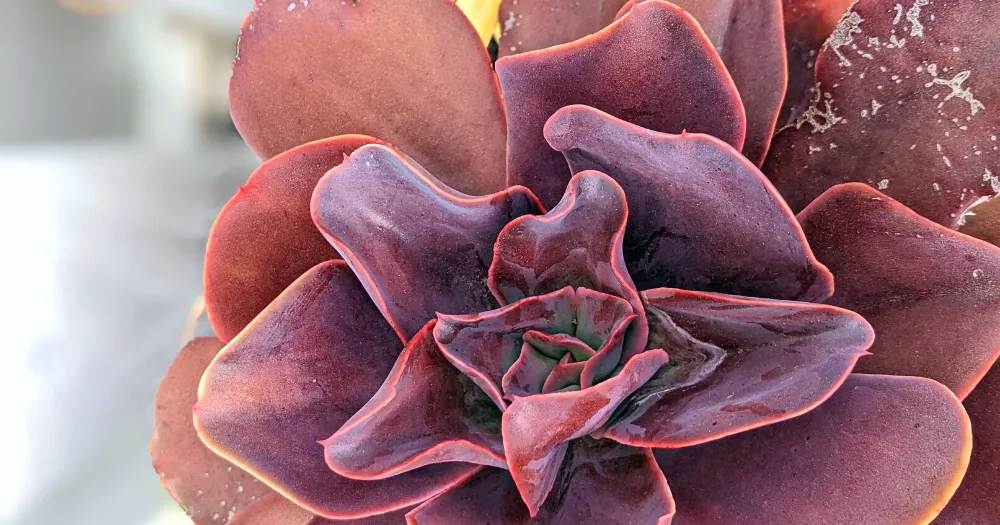
Disruption of natural form.
Succulents generally grow into characteristic shapes and forms that suit their species. Topping can drastically change the natural shape and habit of the succulent. It may become more shrub-like rather than the typical rosette or columnar form.

Multiple heads.
In some cases, topping a succulent may result in it producing side shoots that grow into multiple heads. This can be an interesting, bushy effect but is not always ideal, depending on the type of succulent.
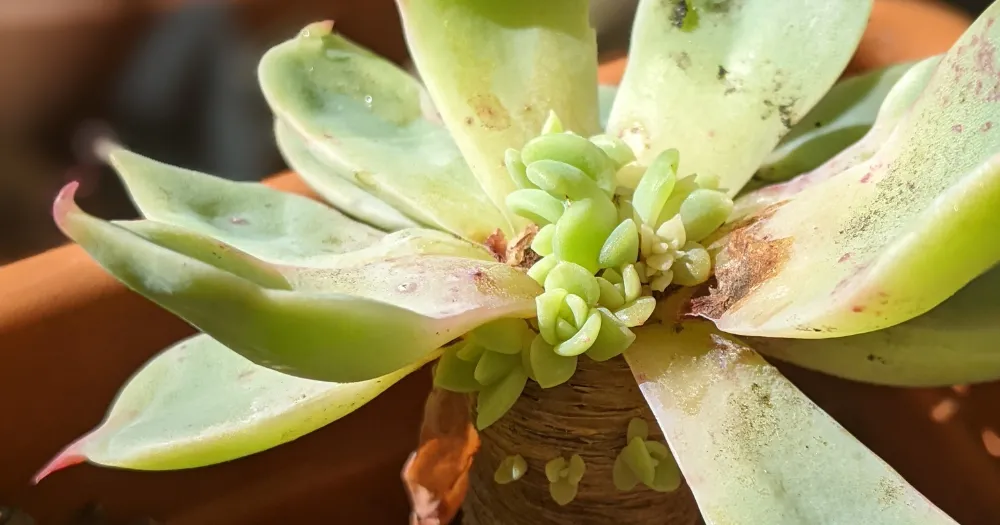
Rejuvenation.
Occasionally, topping a succulent that has become leggy or stretched out can help rejuvenate compact growth. New side shoots will grow in fuller and more dense. Not all succulents respond this way, however, and it is not a guarantee of reinvigorated growth.
Conclusion
Beheading an echeveria and cutting off bloom stalks are two common tasks that can help maintain the health and appearance of these popular succulents. By following the steps outlined in this post, you can effectively behead an echeveria and cut off bloom stalks, helping to keep your succulents healthy and looking their best.
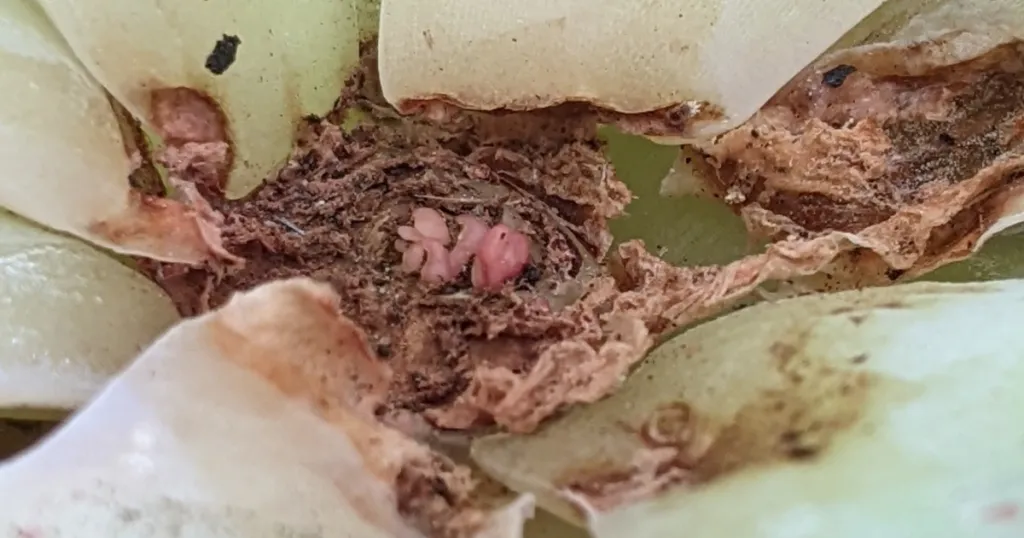

Where to Buy Succulents Online

